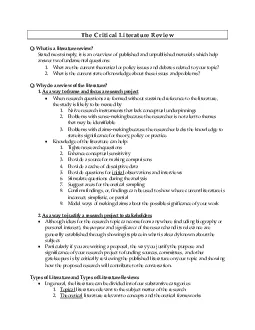PDF-A Case Report Literature Review
Author : jacey | Published Date : 2022-08-16
528 The American Journal of Orthopedics W ith the recent increase in the number of patients with a lower extremity amputated because of combatrelated injury there
Presentation Embed Code
Download Presentation
Download Presentation The PPT/PDF document "A Case Report Literature Review" is the property of its rightful owner. Permission is granted to download and print the materials on this website for personal, non-commercial use only, and to display it on your personal computer provided you do not modify the materials and that you retain all copyright notices contained in the materials. By downloading content from our website, you accept the terms of this agreement.
A Case Report Literature Review: Transcript
Download Rules Of Document
"A Case Report Literature Review"The content belongs to its owner. You may download and print it for personal use, without modification, and keep all copyright notices. By downloading, you agree to these terms.
Related Documents














